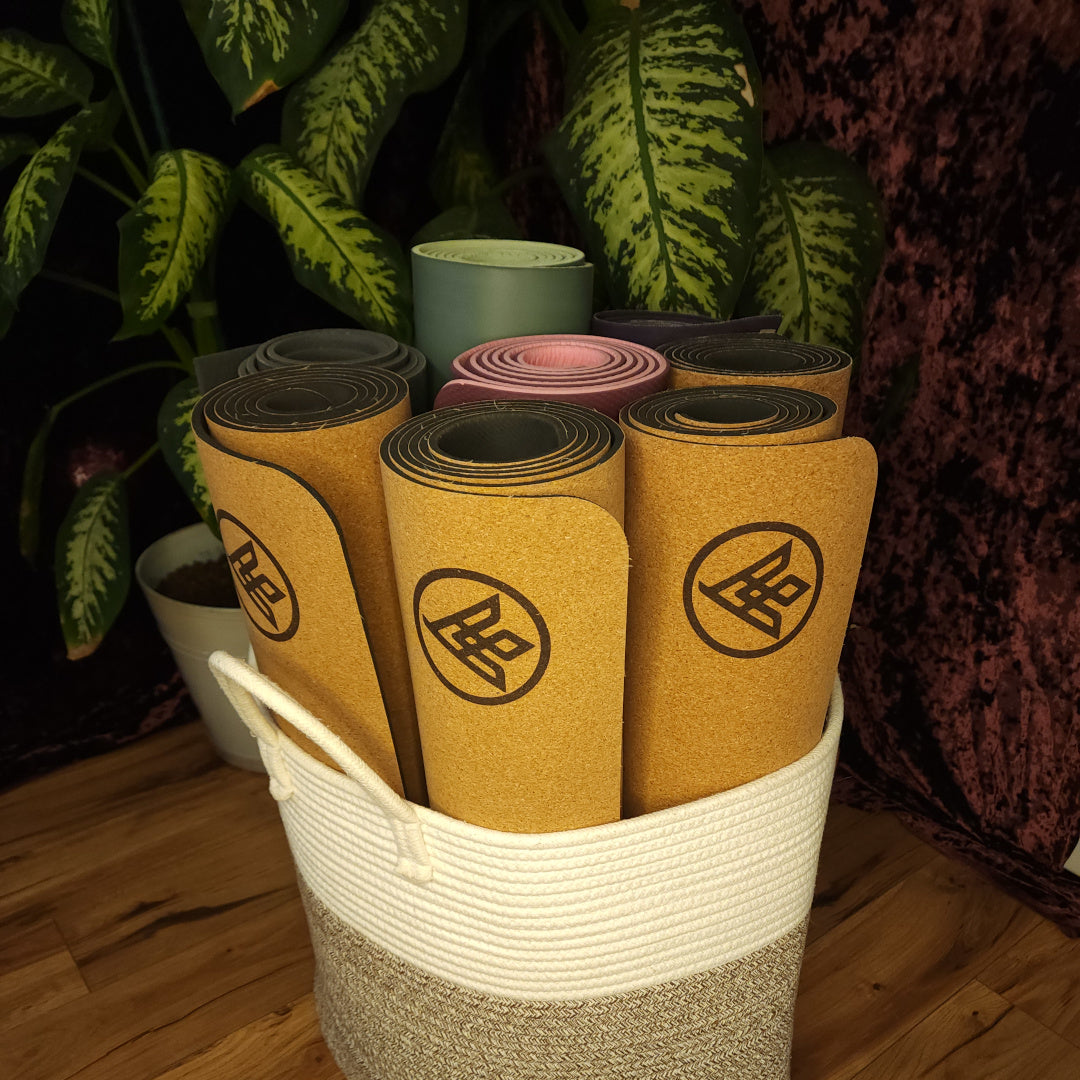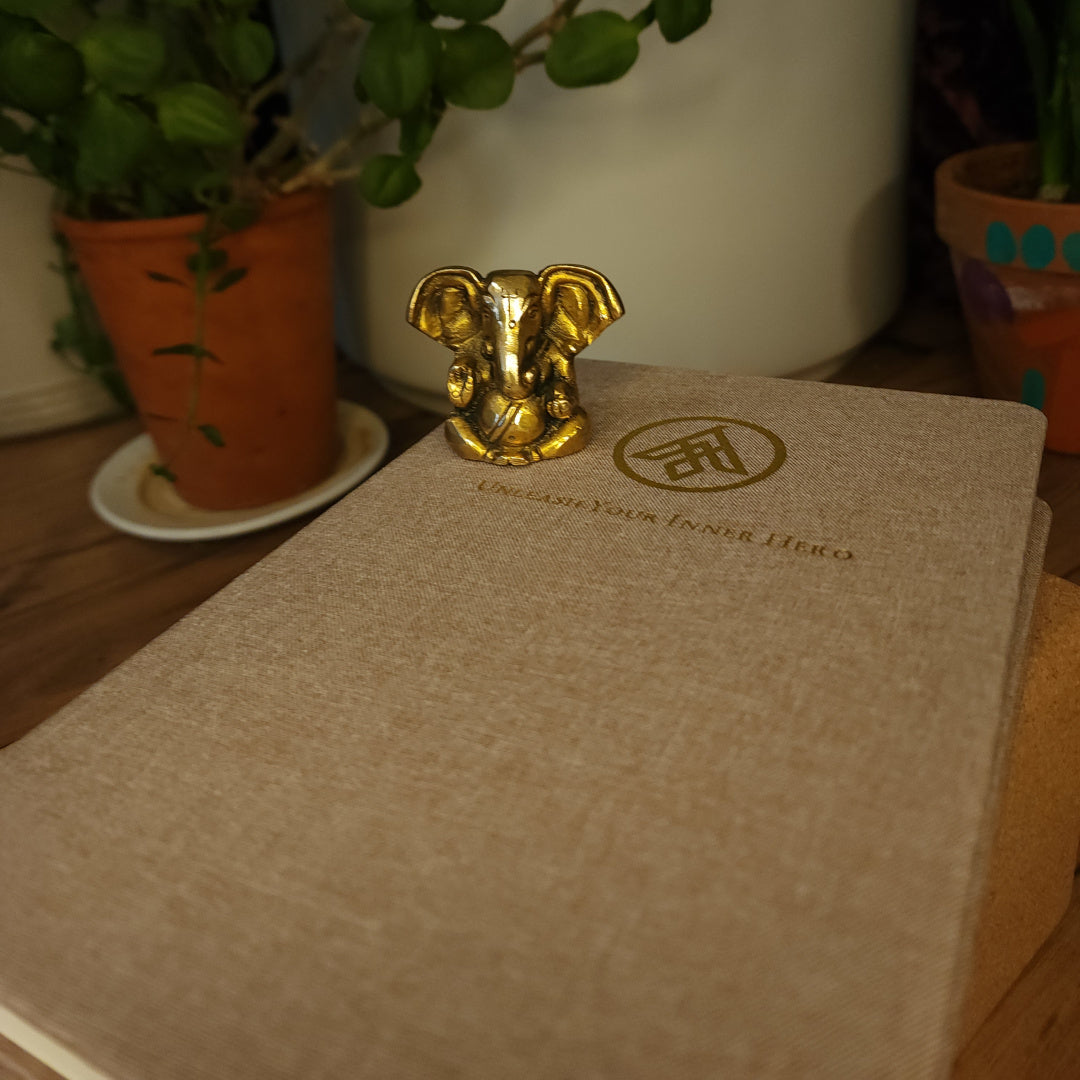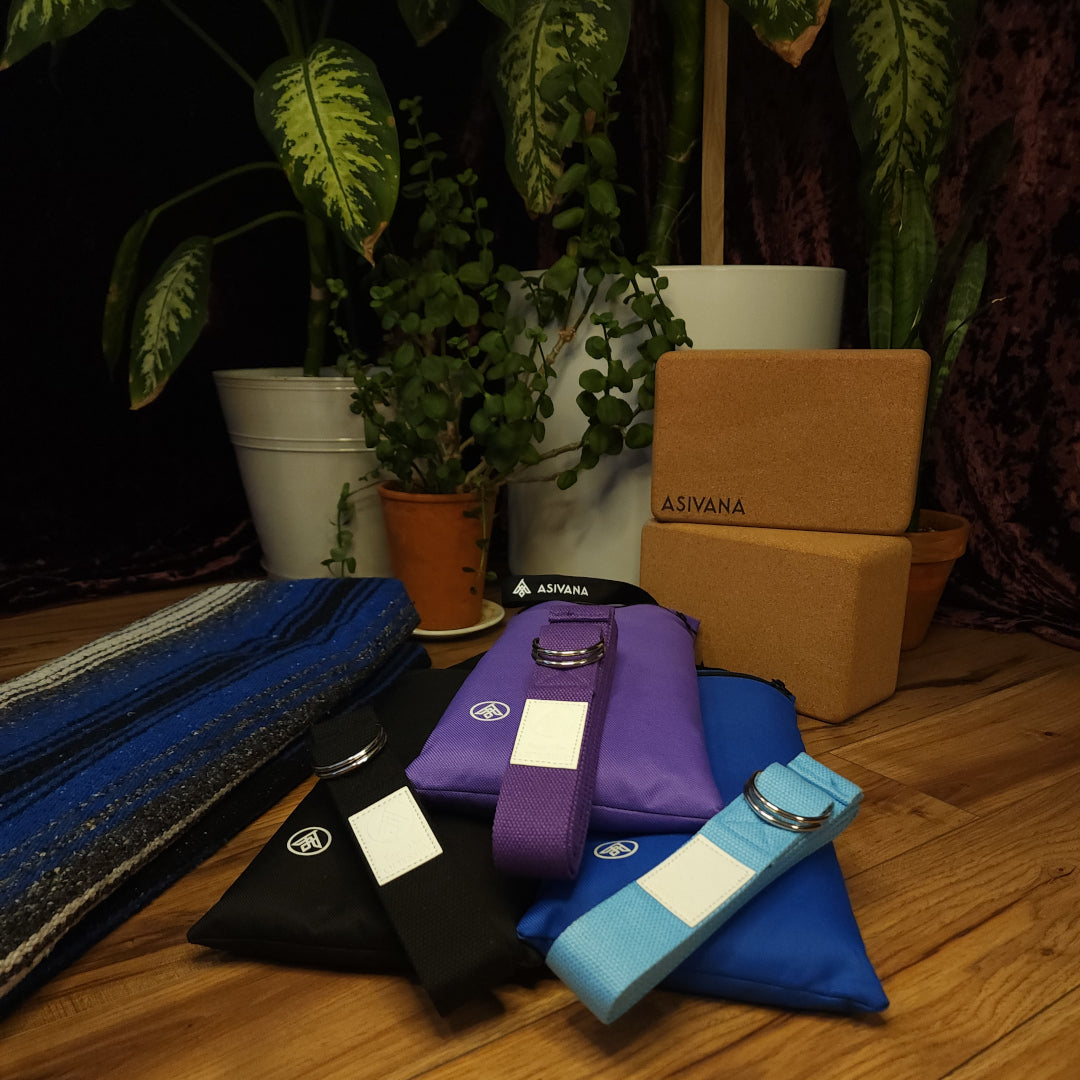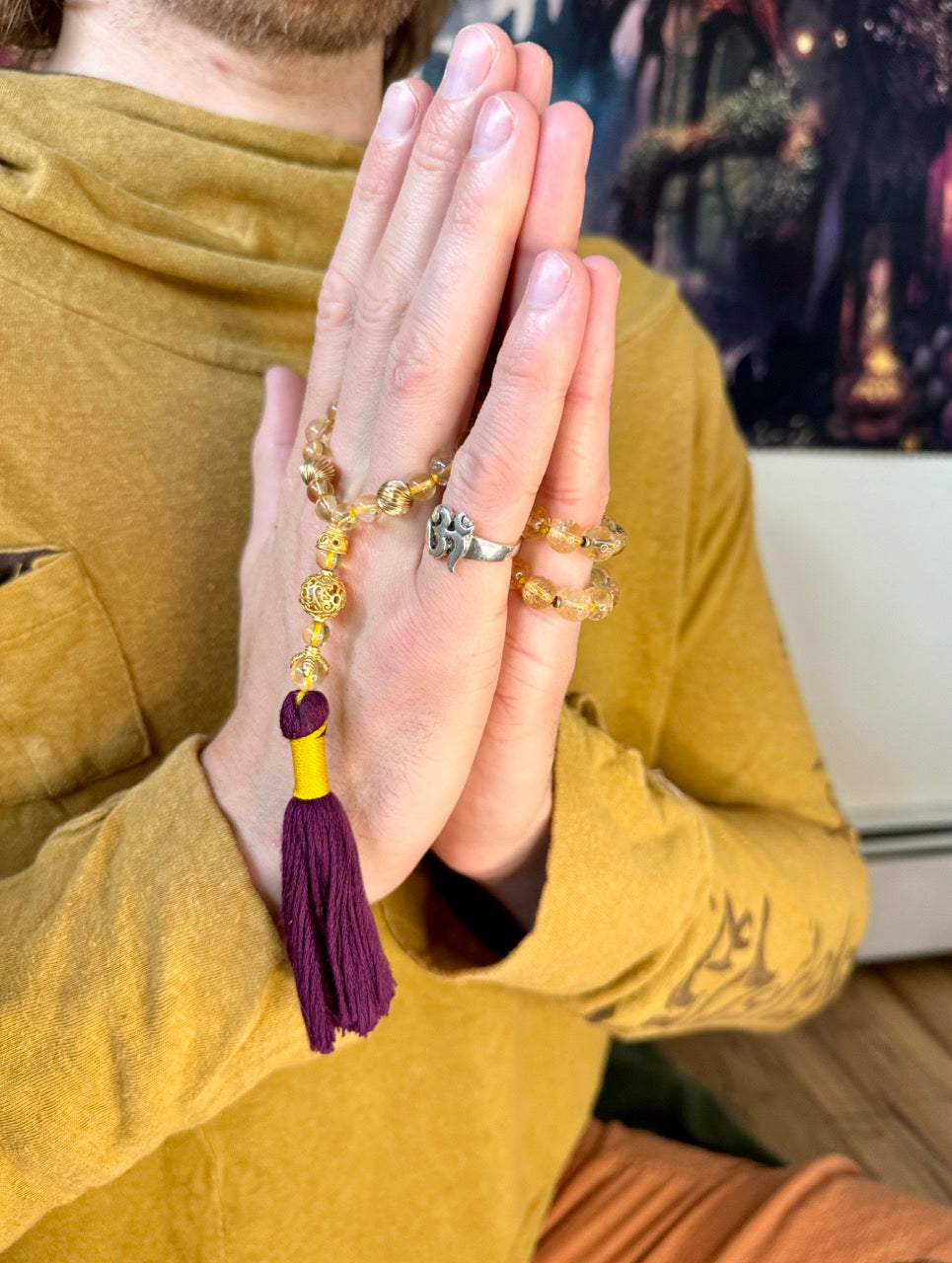What is Hasta Yoga (Hand Yoga)?
Jack UtermoehlShare
Hasta yoga, or hand yoga, focuses on the use of mudras (hand gestures) to influence energy flow, deepen meditation, and enhance well-being.
The Sanskrit word "Hasta" means "hand," and this practice integrates yoga mudras into postures, breathwork, and meditation to balance energy channels (nadis) and activate chakras.
Hasta yoga is rooted in ancient Vedic and Tantric traditions, where mudras have been used for thousands of years in rituals, dance, and meditation.
Origins of Hasta Yoga
Hasta yoga originates from yogic texts and Indian spiritual traditions that emphasize the power of hand gestures to channel energy. Mudras appear in the Vedas, Upanishads, and various Tantric scriptures.
The philosophy behind Hasta yoga is that specific hand positions influence the flow of prana (life force energy), affecting both the body and mind.
Hasta Yoga Practice
This practice incorporates hand mudras, asanas, pranayama (breath control), and meditation to create a holistic yoga experience. Mudras are used to activate specific energy centers, balance emotions, and deepen focus.
Common Practices
- Gesture of Knowledge - Jnana Mudra: Thumb and index finger touch, symbolizing wisdom.
- Gesture of Life Force - Prana Mudra: Ring and little fingers touch the thumb, enhancing vitality.
- Downward-Flowing Energy Seal - Apana Mudra: Middle and ring fingers touch the thumb, supporting digestion and detoxification.
- Gesture of the Sun - Surya Mudra: Ring finger touches the base of the thumb, boosting metabolism.
Common Poses
Easy Pose (Sukhasana), Mountain Pose (Tadasana), Warrior II (Virabhadrasana II), and Lotus Pose (Padmasana)
Elevate Your Yoga Journey
A yoga journal helps you deepen your practice, track your progress, and reflect on your spiritual journey. Cultivate mindfulness and intention with every entry.
Hasta Yoga Suitability
Experience Level: Mixed Level (Suitable for All)
Physical Demand: Gentle Movement
Mind-Body Engagement: Balanced Mind-Body
Adaptability: Highly Adaptable
Focus Area: Energy Flow & Spiritual Growth
Notes on Hasta Yoga
Practicing Hasta yoga enhances energy balance, chakra activation, and meditation depth. It integrates seamlessly with other yoga styles, making it a powerful complement to traditional practices.
Similar Styles
Hatha Yoga, Kundalini Yoga, Tantra Yoga
Equipment
Required: None
Nice to Have: Meditation Cushion, Yoga Mat
Optional: Yoga Blocks, Blanket
References
‘Mudras: Yoga in Your Hands’ by Gertrud Hirschi
‘The Healing Power of Mudras’ by Rajendar Menen
‘Mudras for Healing and Transformation’ by Joseph Le Page and Lilian Le Page
‘Mudras for Awakening Chakras’ by Advait







